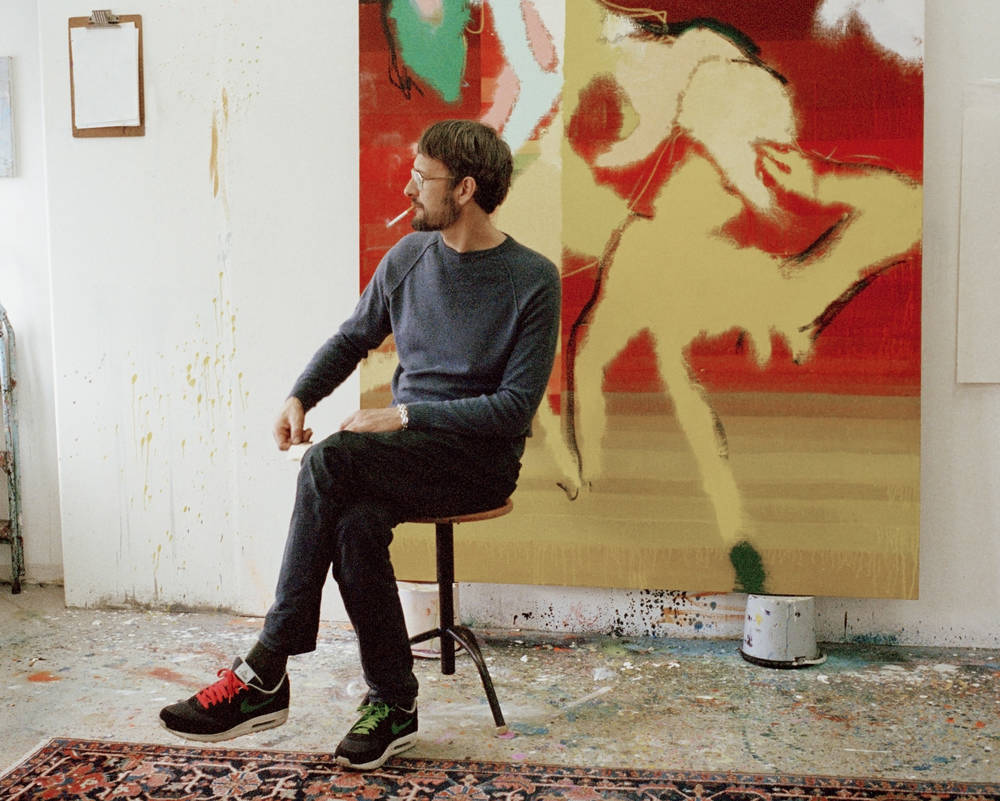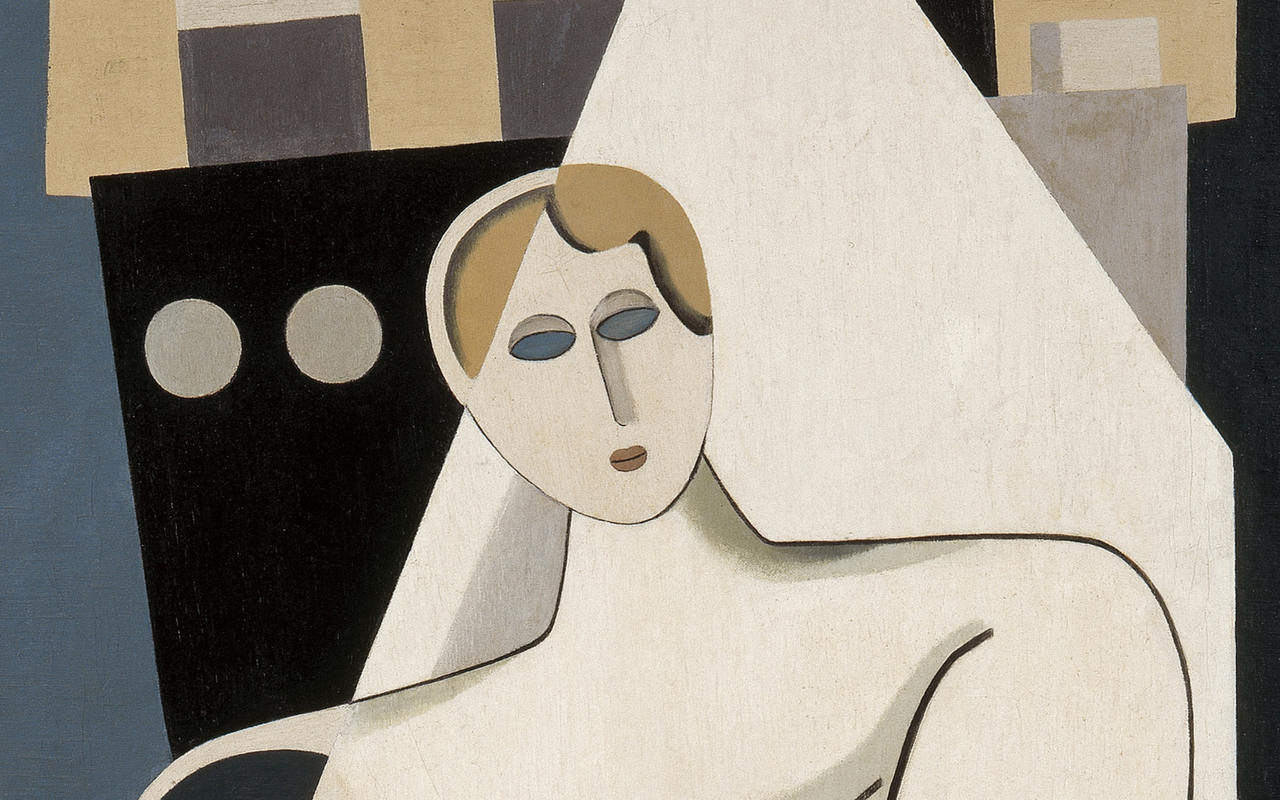Unusual, radical, confrontational: Daniel Richter's latest works break with the familiar – the SCHIRN presents them to the public for the first time
From October 9, 2015 the Schirn Kunsthalle Frankfurt is exhibiting a new series by the German painter Daniel Richter in a focused solo presentation. Around 30 paintings, which will be presented to the public for the first time in the Schirn, mark a caesura in the artist’s oeuvre. Daniel Richter (* 1962) is one of the influential artists of his generation; since the late 1990s his works have been celebrated in numerous exhibitions. In his new works Richter breaks with all that seemed familiar in his painting hitherto. In the past two years he has focused on a question which represents a challenge for him: “How can a picture be reduced formally while being charged at the same time as regards content?” In his search for answers and solutions Richter has developed a new pictorial language which defies the customary motifs and painting methods as well as the familiar colours and themes.
His works are characterised by a remarkable stylistic complexity and versatility: From about the year 2000 he confronted the abstract-ornamental paintings created from the mid-1990s with large-format, more strongly figurative and narrative pictures of a socio-political reality. Through the intersection of art-historical, mass-media and pop-culture clichés he has created idiosyncratic worlds. In 2015 he reduced the pictorial means, simplified the painting method; the tried and tested pictorial themes have disappeared and the picture has been brought back to its abstract primal state. The paintings in the new series seek an unusual confrontation. On a formal and content-based level the artist brings about a clash between simplified masses of colours and significance. Richter’s painting against his own routine has resulted in fascinating works which not only reveal a transformation, but also a remarkable new development stage in the artist’s oeuvre.
The new series included two groups of works. In one of them Richter focuses on the observation of the body and corporeality. In his previous works the human body was strongly contoured and always embedded in a superordinate narrative. Richter has retained the stereotyped and fleshless character of the figures, but now goes further. His interest lies above all in the surface. He allows the forms to blur and thereby lets the figures dissolve. In this way a fragmented, shattered physicality prevails. The figures are flat and intertwined; the forms crash mercilessly into each other and hint at the uncontrolled human sexuality, which becomes visually reinforced in pornography. Richter developed his latest works by starting out with the line and paint.
In his new works the line is not only a purely formal means of reduction, but also the starting point for pictorial design. At the same time it symbolises Richter’s ideas of pictorial systems and schemes which help humans to comprehend and to represent pictorially the phenomena of reality. The latter becomes especially clear in the other group of works. Based on diagrams with which data, content or information are visualised, Richter paints amoeba-like areas on a subsequently designed monochrome background. The works recall maps or representations of territorial boundaries. All the paintings in the new series impress with their materiality. Richter dispenses almost entirely with painting with a paintbrush. Unlike his older works he shades all the colours he uses with white. With the exception of the background of the picture he uses only oil pastels for these new works. This leads to a fundamentally transformed appearance. Richter also avoids a clear symbolism and leaves no room for anecdotal interpretations. And yet his pictures reflect his powerful attitude to art and the world.
His pictures reflect his powerful attitude to art and the world.
Daniel Richter, born in 1962 in Eutin in Schleswig-Holstein, lives and works in Berlin. From 1992 until 1996 he studied with Werner Büttner at the Academy of Fine Arts in Hamburg and worked as the assistant of Albert Oehlen. In addition to painting, the spectrum of his artistic work ranges from stage-set design to record covers, for example for the Hamburger record label Buback, which he runs himself. As previously in Berlin and Hamburg, since 2006 he has served as Professor at the Academy of Fine Arts in Vienna. Richter has received numerous awards, including the Finkenwerder Art Prize in 2009 – one of the most prestigious art prizes in Europe. His works are represented in various private and public collections and have already been displayed in numerous national and international solo and group exhibitions, including the Regen Project in Los Angeles (2012), the Kestner Gesellschaft in Hannover (2011), the Hamburger Kunsthalle (2007) and the K21 at the Kunstsammlung Nordrhein-Westfalen in Düsseldorf (2002).

